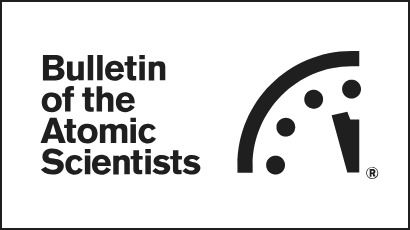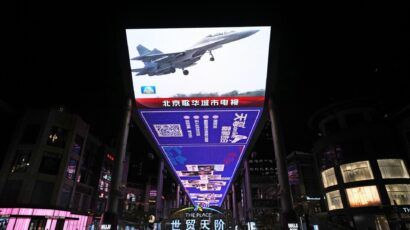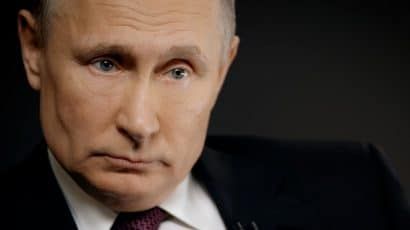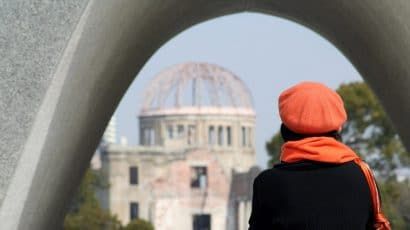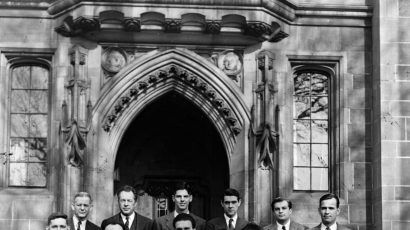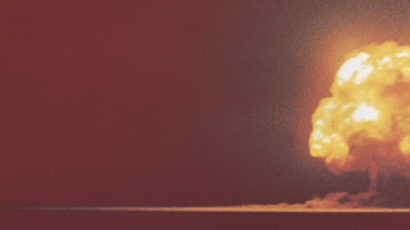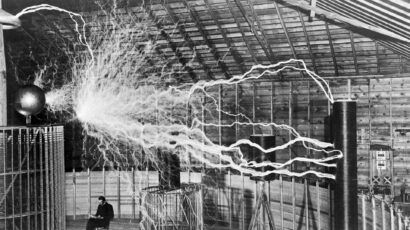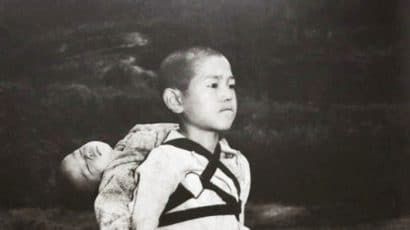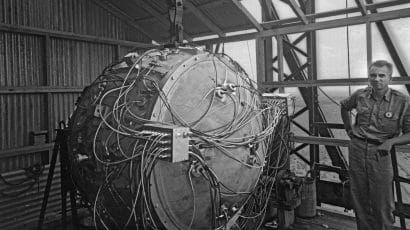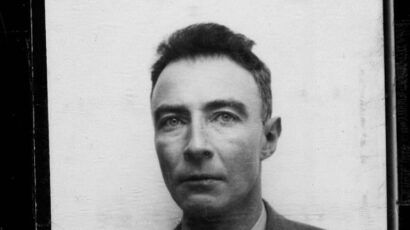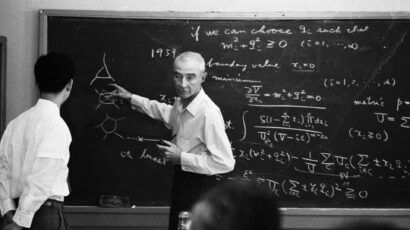Search results for trump
As the lame-duck Congress wraps up business, a serious debate is unfolding over the future of the US nuclear weapons complex. For the first time since the end of World War II, the long-held policy that places control of the design and production of nuclear weapons in civilian hands may be up for grabs. At issue: What is to be done with the National Nuclear Security Administration (NNSA), now located inside the US Department of Energy?
How to manage and de-risk an emerging Cold War II with China
In this early phase of the China-US rivalry, neither President Biden nor General Secretary Xi shows any sign of reconsidering his nation’s goals, strategies, assessments of the other, or desire to shape global norms. Both powers want to avoid war, but not at the cost of questioning their interests or values. The only strategy open to them, therefore, is to build a framework, through patient diplomacy, for peaceful rivalry.
Putin’s nuclear warnings: heightened risk or revolving door?
Observers have put forward varying explanations suggesting that Russian President Vladimir Putin hopes, through nuclear threats, to achieve some current or future tactical edge in his face-off with Ukraine and NATO. But none of that reasoning erases a dangerous reality: Any Russian use of tactical nuclear weapons would create unprecedented conditions that could easily lead not to Russia's advantage, but to a wider nuclear war that would decimate Russia—and its leadership.
Robert Oppenheimer: The myth and the mystery
This is the prepared text for a lecture delivered at Santa Fe, New Mexico, on July 14, 2018 and sponsored by the Santa Fe Opera during its production of Dr. Atomic, which focuses on the atomic bomb and its creators, specifically J. Robert Oppenheimer.
In an era of climate change and COVID, Hiroshima reminds us of another existential threat.
In 2021, the solemn August 6th and 9th anniversaries of the US atomic bomb attacks on Hiroshima and Nagasaki are set against a concerning backdrop. Global vaccine distribution for the ongoing COVID-19 pandemic is deeply unequal, even as the delta variant surges. Climate change is wreaking havoc around the globe. In this opinion piece, the author offers opportunities to reflect on humanity’s past and ongoing engagement with nuclear weapons, despite a perfect storm of other existential threats.
Oppenheimer Replies
On March 4, 1954, Dr. Oppenheimer replied to General Nichols’ letter of December 23, 1953. The complete text is printed below.
Nonproliferation reflections, from a Kosovo minefield
Observing the decades-long effort to remove deadly landmines from the soil of Kosovo, a law student unearthed some valuable lessons about nuclear nonproliferation.
The case for a world republic
A reflection on:Confronting the Bomb: A Short History of the World Nuclear Disarmament Movement Lawrence Wittner 272 pages, $21.95In 2011, people across the planet reached out to Japan in the wake of the earthquake and tsunami. Millions watched as one nation after another rose in mass revolutions across the Arab world. The Occupy movement blossomed, as citizens in cities around the globe expressed rage over the excesses of capitalism and corporate power. And Time magazine named "The Protester" its annual Person of the Year.
Japan’s nuclear history in perspective: Eisenhower and atoms for war and peace
It is tragic that Japan, the most fiercely antinuclear country on the planet, with its Peace Constitution, three non-nuclear principles, and commitment to nuclear disarmament, is being hit with the most dangerous and prolonged nuclear crisis in the past quarter-century -- one whose damage might still exceed that of Chernobyl 25 years ago. But Japan's antinuclearism has always rested upon a Faustian bargain, marked by dependence on the United States, which has been the most unabashedly pro-nuclear country on the planet for the past 66 years.
American scientists as public citizens: 70 years of the Bulletin of the Atomic Scientists
From the Archive: 1945-2019 Subscribers can read every back issue of the Bulletin. Visit the archive Subscribe now! Get the Bulletin’s digital magazine and access to the archive for less than $5 a month This is a free preview of a premium article published in January 2015. Subscribe now to access our full archive. By … Continued
Introduction — Oppenheimer: The man behind the movie
You’ll probably see the film. But what do you know about the man?
Introduction: Why some renewable technologies will perish—and others succeed
The Inflation Reduction Act contains $370 billion to cut carbon emissions. What new, climate change-fighting technologies will come of all this money? And what will determine which of those renewable technologies will succeed and which will fail?
The US government’s comic approach to information warfare
Graphic novels are now a billion dollar industry in the United States. There’s certainly an audience for new visual books, including non-fiction. But is there one for government public service messages?
Memorial Days: the racial underpinnings of the Hiroshima and Nagasaki bombings
This past Memorial Day, a Minneapolis police officer knelt on the throat of an African-American, George Floyd, for 8 minutes and 46 seconds. Seventy-five years ago, an American pilot dropped an atomic bomb on the civilian population of Hiroshima. Worlds apart in time, space, and scale, the two events share three key features. Each was an act of state violence. Each was an act carried out against a defenseless opponent. Each was an act of naked racism.
A foul and awesome display
My personal nightmare was knowing that if the bomb didn't go off or hangfired, I, as head of the test, would have to go to the tower first and seek to find out what had gone wrong.
Paying for the great urbanization of China
To create the livable, sustainable cities needed to serve its burgeoning population and fight climate change, China will have to reform its system of municipal finance.
“He did not speak the ordinary language”: Memories of Oppie, from a Manhattan Project physicist
One of the last surviving eyewitnesses from the effort to build the first atomic bomb gives his impressions of the Manhattan Project’s driving force: J. Robert Oppenheimer.
Oppenheimer’s second coming
Japanese were clearly interested when Oppenheimer visited Japan as an honored guest in 1960. Will they be also interested in eponymous Christopher Nolan film released today in Japan?
No-first use would only embolden China
When President Barak Obama's second term ends in four months, how will he be remembered? As the first African-American president, certainly. But his legacy will also include consequential achievements such as overseeing an economic recovery and expanding access to health care. He'll be remembered for his efforts to slow climate change and, in foreign policy, … Continued
Navy’s new laser weapon: Hype or reality?
Despite some stunning video, things may not be what they seem
